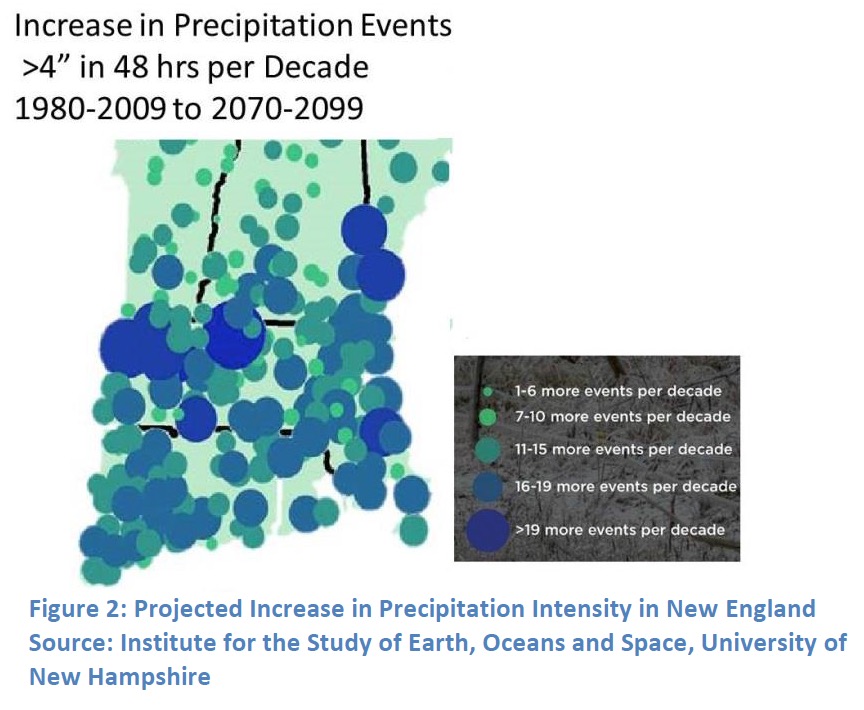
COMMONWEALTH OF MASSACHUSETTS OFFICE OF THE STATE AUDITOR Suzanne M. Bump, State Auditor Executive Summary In Massachusetts, water infrastructure of all kinds—drinking water, wastewater, and stormwater systems—is primarily a local responsibility. The Division of Local Mandates (DLM) within the Office of the State Auditor (OSA) has undertaken this Municipal Impact Study to examine the financial impact […]
View this complete post...











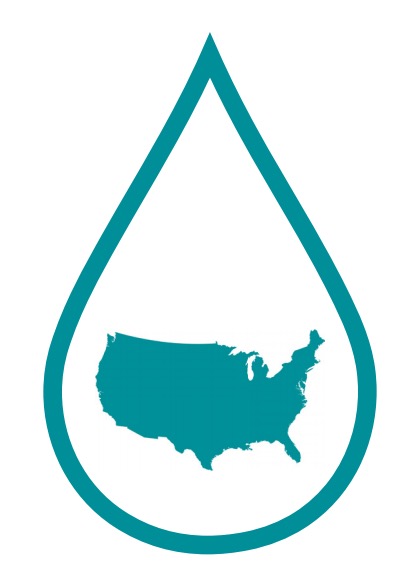
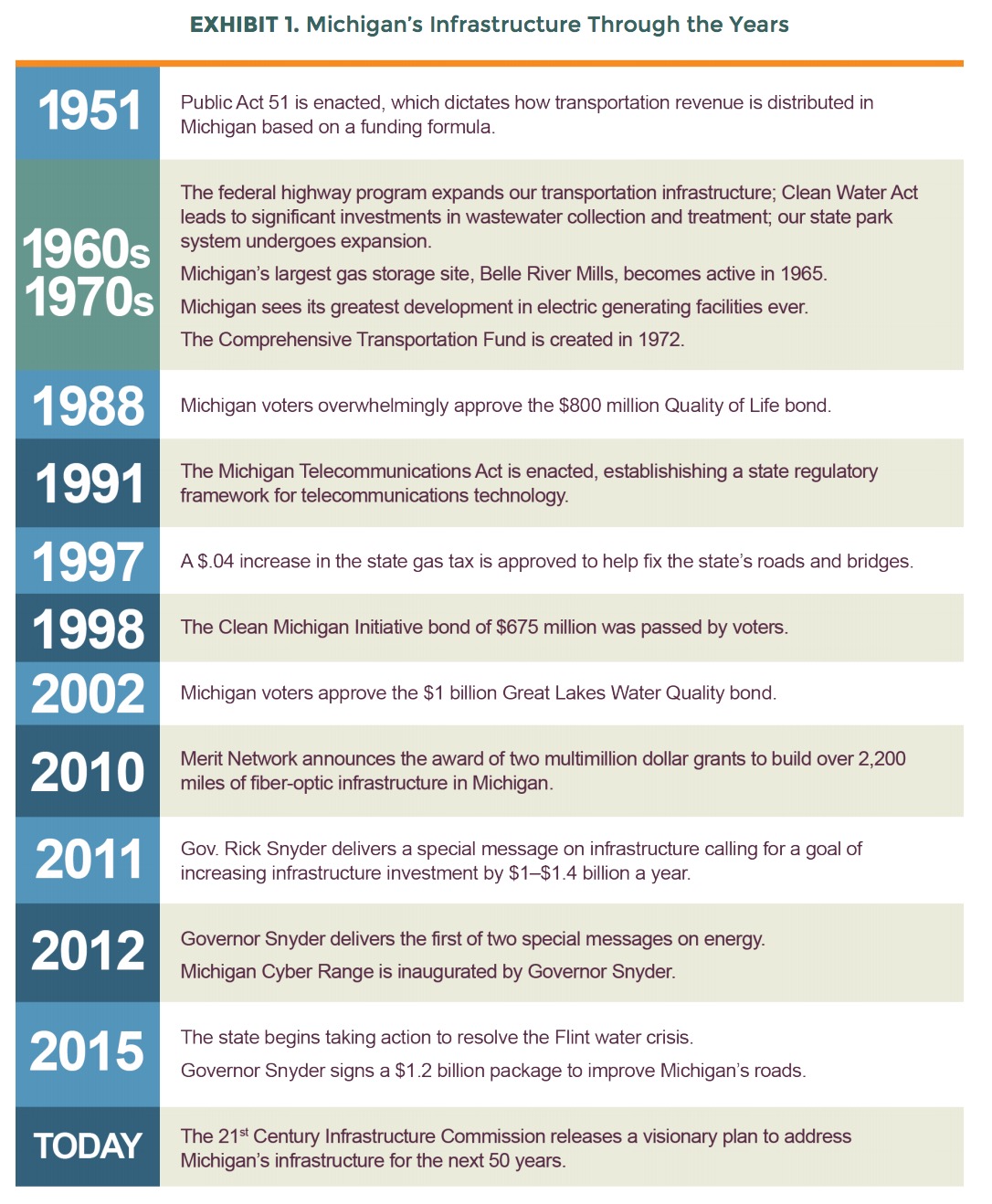
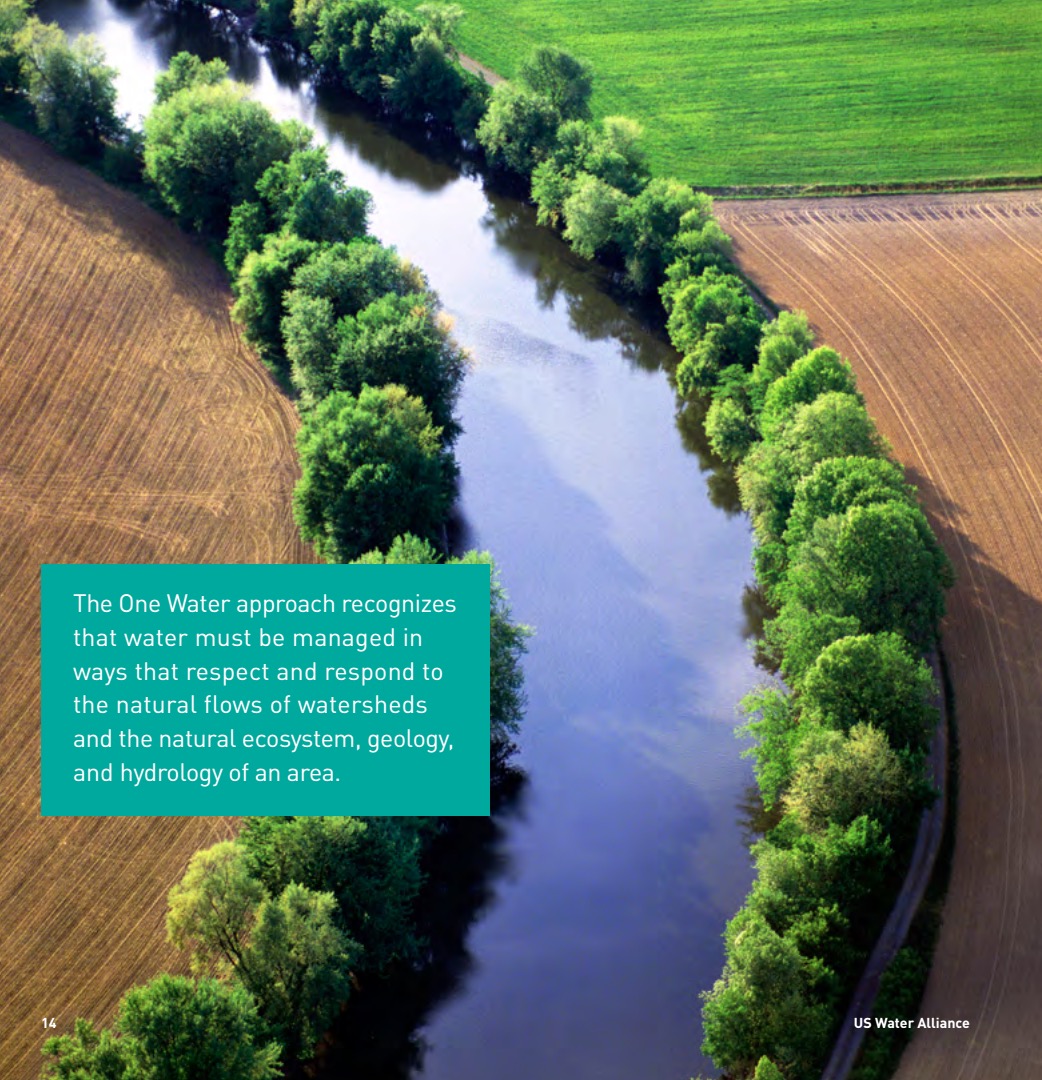
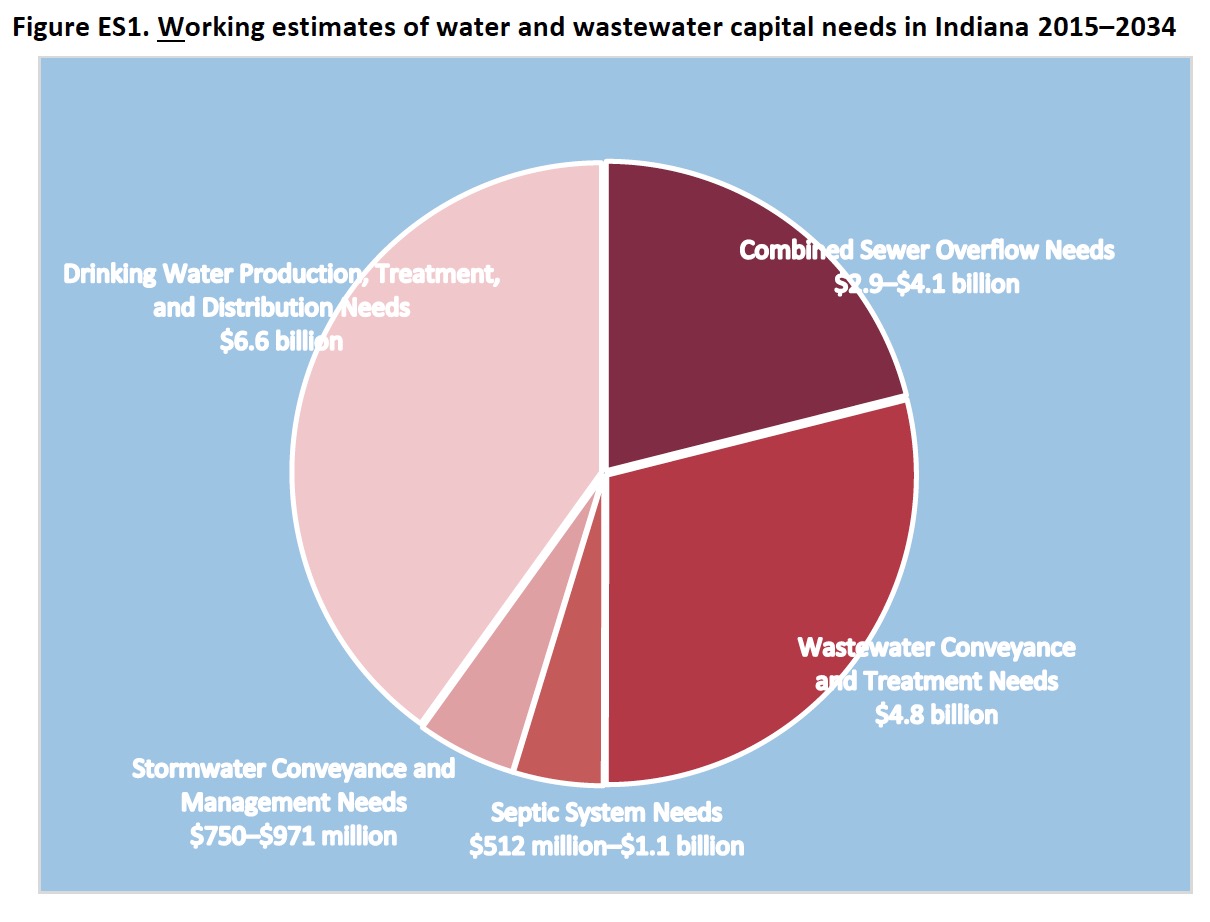


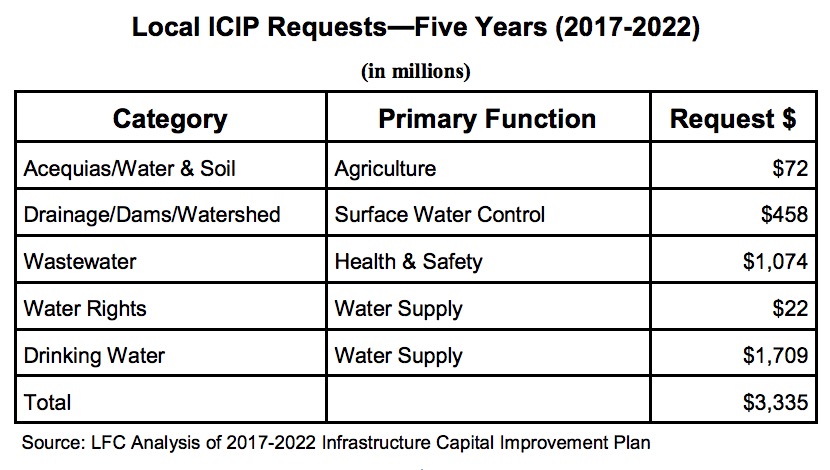
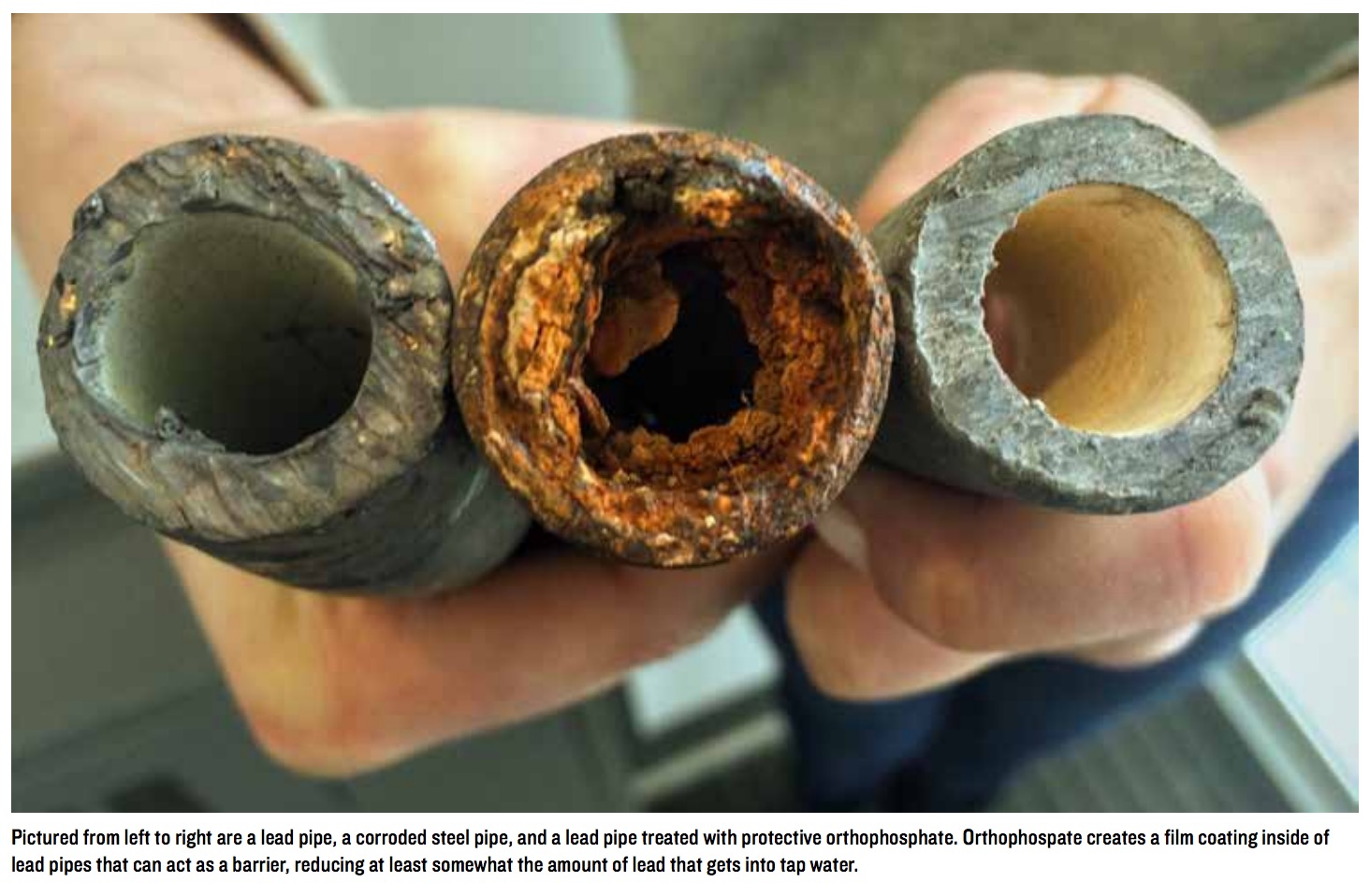


 RSS Feed
RSS Feed